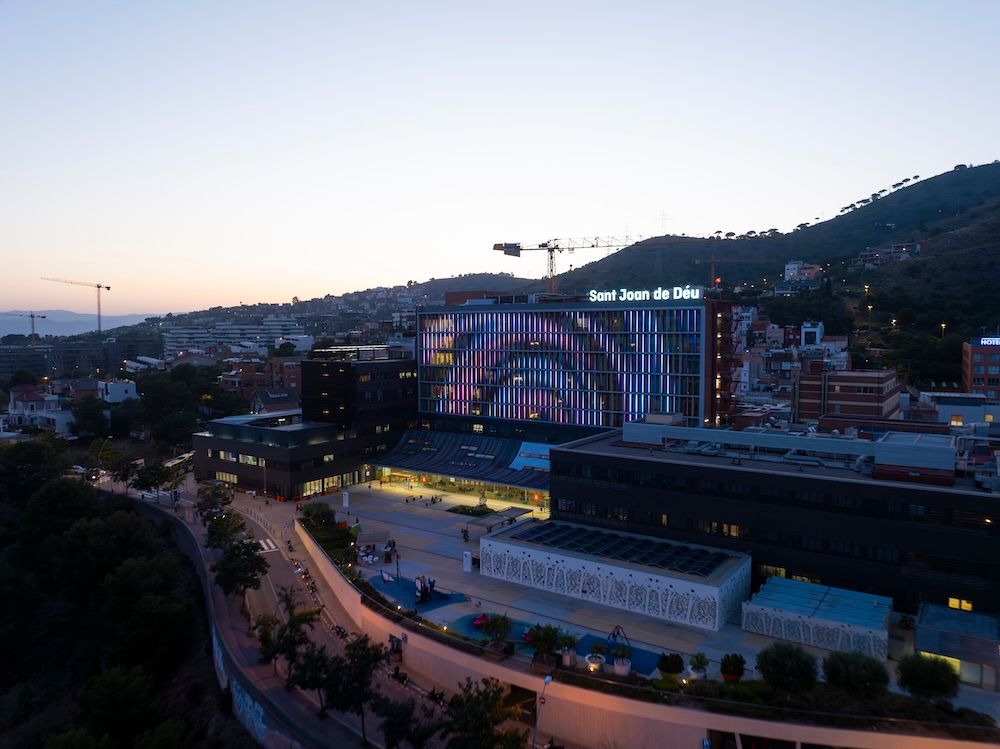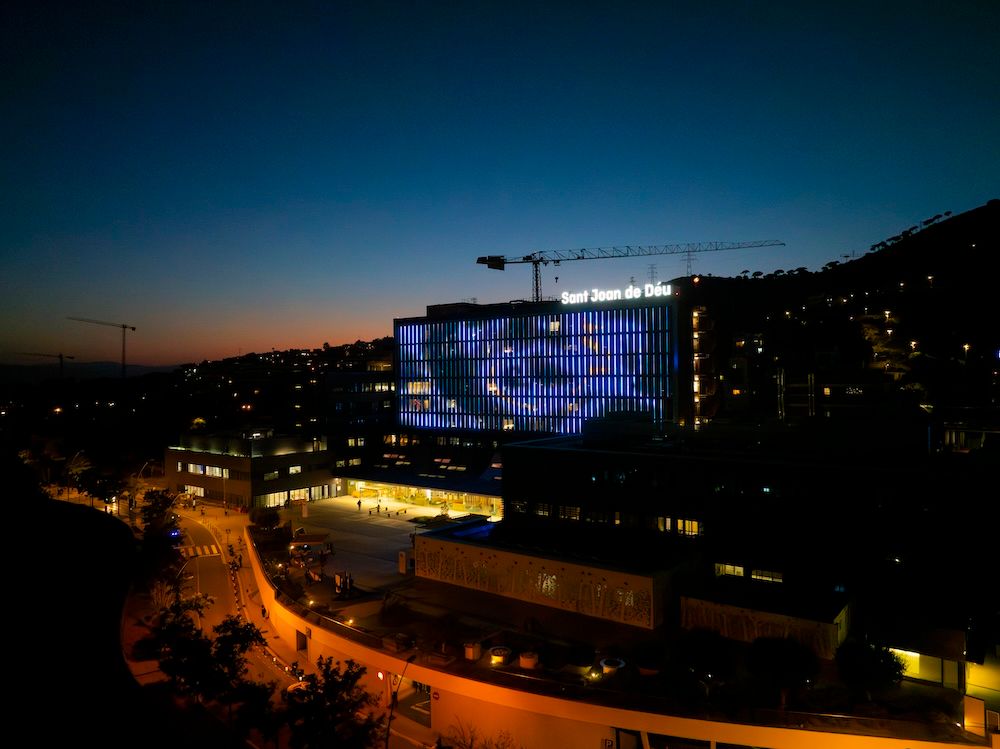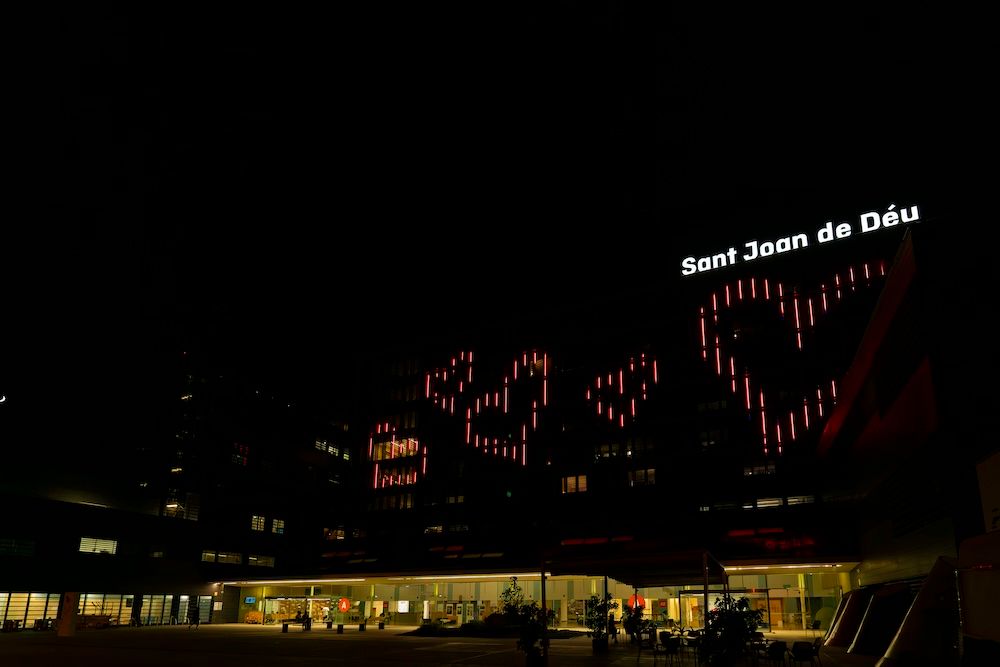Digital lighting: a wellness tool in modern architecture
)
Dynamic digital lighting, in particular, has proven to have a profound impact on how we perceive and inhabit spaces. Thanks to its ability to adapt in real time - varying color, intensity and rhythm - it is possible to create atmospheres that inspire calm, concentration, creativity or even joy, depending on the needs of the environment and those who occupy it.
What is digital lighting and how does it differ from traditional lighting?
Digital lighting is based on LED systems that are electronically controlled by software platforms that allow the behavior of light to be programmed and modified in a precise and dynamic way. Unlike traditional lighting - which usually offers a fixed light with a purely practical functionality - digital lighting allows the creation of customized scenarios that can vary according to the time of day, the activity in progress or even in response to external stimuli, such as sound or movement.
In addition, digital lighting can be integrated with audiovisual systems, sensors and interactive platforms, making it a versatile solution for both architectural design and immersive experiences. This approach not only provides aesthetic and functional value, but also emotional value, as it allows light to be adapted to the mood or specific needs of each user or space.

Light as therapy: the case of the Hospital Sant Joan de Déu in Barcelona
A clear example of the transforming power of light is the project developed by Lumalia studio, a lighting studio specialized in the design of dynamic and experiential lighting projects and part of the Spanish group LED DREAM GROUP, at the Hospital Sant Joan de Déu in Barcelona.
This pediatric center decided to completely renovate its façade with a dynamic and experiential lighting installation that goes beyond the architectural design of the building: it seeks to improve the emotional well-being of patients, especially the youngest ones.
The façade is equipped with 320 digital RGBW luminaires distributed in a matrix of more than 12,000 pixels, combining children's images, geometric shapes and abstract projections displayed on the building's surface. These carefully designed contents not only beautify the urban environment, but also serve a therapeutic function: the playful figures capture the imagination of children, while the abstract patterns generate serenity and contemplation.
"This proposal turns the hospital into a more human and welcoming space, where technology - especially digital lighting - turns the building into a living organism, capable of communicating emotions and generating experiences. Light becomes an emotional language that conveys calm, empathy and well-being," says Sheyla Ynope, Marketing & Communications Manager of LED DREAM GROUP.

The future of lighting is human
Projects such as the multimedia façade of the Hospital Sant Joan de Déu invite us to rethink the role of light in architecture. It is no longer just about illuminating, but about creating meaningful experiences. Dynamic digital lighting - when well designed - can be a powerful tool to positively influence mood, reduce stress and foster a better relationship between people and the spaces they inhabit.
As cities evolve, people-centered digital lighting is positioning itself as one of the major keys to urban, hospitality and educational design. A tool that, by fusing art, technology and empathy, illuminates not only buildings, but also the lives of those who pass through them.
Dynamic lighting, transforming spaces through light, color and movement.
We perceive and understand spaces, as well as the material properties of our surroundings, through the light reflected by objects. Therefore, we can transform this perception by controlling light from its source.
Digital lighting, or dynamic lighting, allows point-to-point control of intensity and color, offering endless possibilities to completely transform a space based on the content reproduced through the lighting system. This is especially relevant in multifunctional or multi-purpose interior spaces.

Sustainability and energy efficiency as part of the design and in the service of the experience
Thanks to its modular design, RGBW technology and point-to-point control system, the digital lighting façade of the Hospital Sant Joan de Déu is an adaptable, efficient and visually striking installation. In addition, the installation complies with all European regulations, as well as with the specific requirements of the hospital and the Barcelona City Council, ensuring that the healthcare activity is never interrupted or affected during operation or maintenance.
"This illuminated façade project marks a before and after in hospital and urban design, positioning the Sant Joan de Déu Hospital as a benchmark for innovation, sustainability and technology applied to wellness," said Victor Valcárcel, creative director of digital lighting at Lumalia Studio.
Would you like to know more about digital lighting and its impact on our daily lives? You can learn about this type of technology in the next InfoComm Latin America event, from 22 to 24 October in Mexico City, come and talk about this topic! Registrations are now open.



